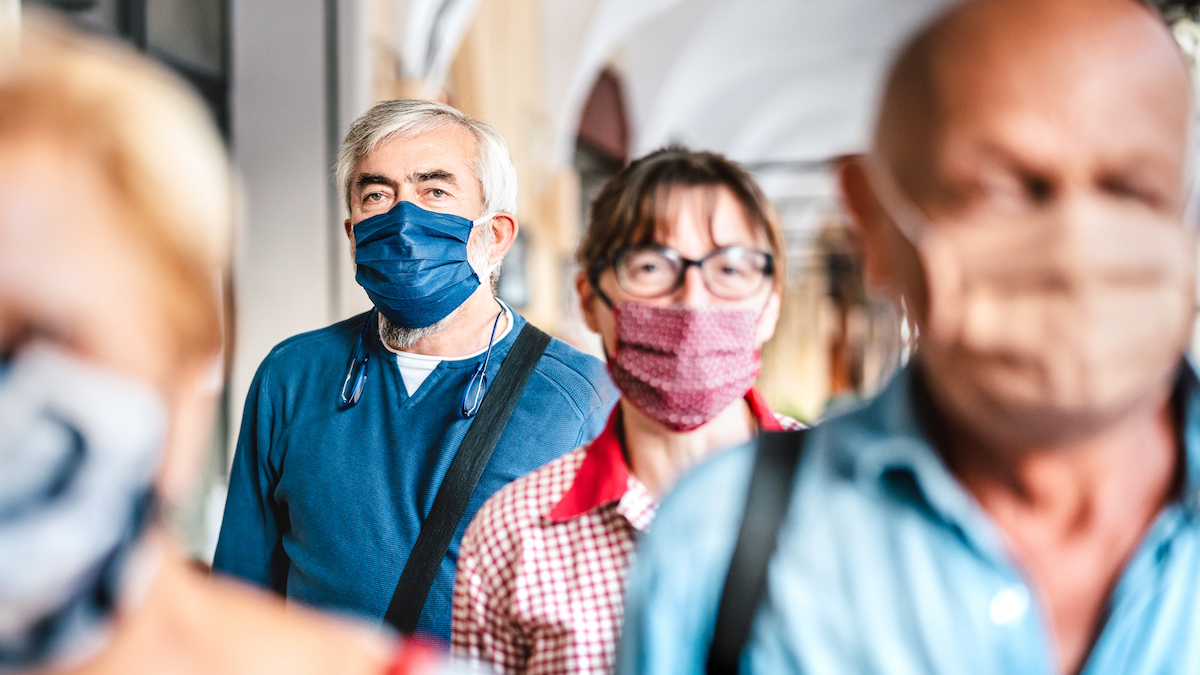<< Back
CDC: This Is What Our COVID Summer Might Look Like

May 06, 2021
Summer is looking even better after federal health officials this week projected a dramatic drop in COVID-19 hospitalizations and deaths by the end of July.
But the research, published in an early release of the Centers for Disease Control and Prevention’s Morbidity and Mortality Weekly Report, also cautioned unvaccinated people refusing to wear a mask in public and social distance could result in “substantial increases in severe COVID-19 outcomes.”
Safety precautions in crowded public spaces will not go away, even for those fully vaccinated.
“You protect not only yourself but you’re protecting those around you,” said Dr. Ulysses Wu, Hartford HealthCare’s System Director of Infection Disease and Chief Epidemiologist, “those around you who may not be able to get the vaccine.”
The CDC report produced four possible scenarios from six COVID-19 models based on the percentage of the population fully vaccinated and adherence to safety precautions for the six months between April and September. In each scenario, cases were projected to increase through May because of the UK variant and a drop in the number of people following safety protocols. (The report did not consider other emerging variants, which could upend the projections.)
Yet cases nationwide are dropping already, according to the CDC, with weekly averages of about 350,000 new cases, 35,000 hospitalizations and more than 4,000 deaths. The most favorable projections in the CDC report suggest weekly drops to 50,000 new cases, 1,000 hospitalizations and 200 to 300 deaths.
In Connecticut, cases per 10,000 residents dropped this week to the lowest levels in almost seven months. New cases dropped more than 27 percent, to 3,610, for the week ending May 5. Statewide, 10.1 new cases were reported per 10,000 residents. The test positivity rate also dropped to 1.9 percent, from 2.5 percent, as hospitalizations hit a six-month low.
“What we learn from this report is that we are not out of the woods yet, but we could be very close,” said CDC Director Rochelle Walensky at a media briefing this week.
President Biden this week set a goal of at least one vaccine dose to 70 percent of adults by July 4, just as Connecticut became the first state with 50 percent of adults fully vaccinated. Herd immunity, which would control the spread of COVID-19, might now require vaccinations of close to 80 percent of the population. Polls show about 30 percent of the country hesitant to be vaccinated.
With the Food and Drug Administration expected to authorize the Pfizer-BioNTech COVID-19 vaccine for adolescents 12 to 15 years old sometime next week, the teen population could become part of a push toward herd immunity with back-to-school vaccination programs this fall.